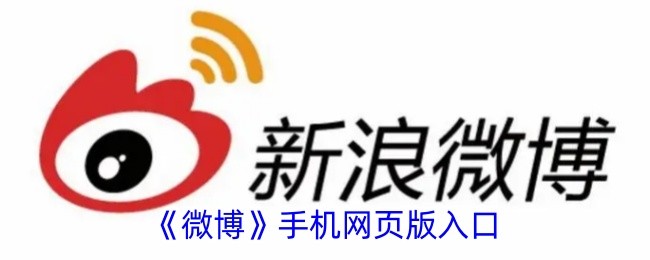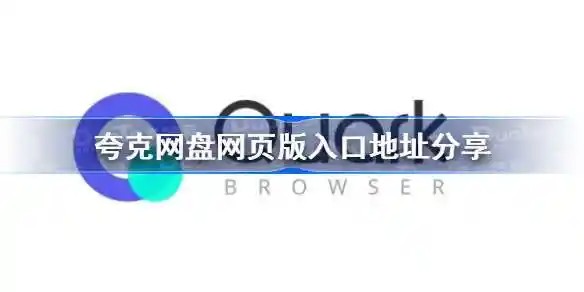Java学习笔记---Java的对象序列化以及文件IO处理
时间:2010-09-24 来源:notifier
1.对象的序列化就是保存对象的当前状态。
2.保存对象的状态有两种主要的方式:
1) 对象序列化(将对象写入到文件,以后再反序列化,见后例)
如果保存的数据用于Java程序内交互,则采用对象的序列化;
2) 写入文件(将对象写入到文本文件,注意,是文本文件)
如果保存的数据用于和其他非Java程序交互,则保存到文本文件。
3.对象如果需要序列化,则它所在的类必须要实现Serializable接口。
如果某类是可序列化的,则它的子类自动地可以序列化。
4.对象序列化的步骤:
1) 创建文件输出流;
2) 创建对象输出流;
3) 写入对象状态;
4) 关闭对象输出流;
//1.创建文件输出流
FileOutputStream fs = new FileOutputStream("OutputFile.file");
//2.创建对象输出流
ObjectOutputStream os = new ObjectOutputStream(fs);
//3.写入对象状态
os.writeObject(characterOne);
os.writeObject(characterTwo);
os.writeObject(characterThree);
//4.关闭对象输出流
os.close();
对象写入文件的顺序为:

其中,ObjectOutputStream是把对象转换成字节流;FileOutputStream是把字节流写入文件。
5.序列化对象会把对象的所有属性保存,被对象的实例变量所引用的对象也会被序列化。
如果某实例变量不能或不应该被序列化,则把这个变量标记为transient。将属性标记为transient后,对象序列化时会将该属性保存为null值。
6.对象解序列化的步骤:
1) 创建文件输入流;
2) 创建对象输入流;
3) 读出对象状态;
4) 转换对象类型(因为对象读出后为Object类型);
5) 关闭对象输入流;
//1.创建文件输入流,如果文件不存在,则程序抛出异常
FileInputStream fs = new FileInputStream("OutputFile.file");
//2.创建对象输入流
ObjectInputStream oi = new ObjectInputStream(fs);
//3.读出对象状态
Object one = oi.readObject();
Object two = oi.readObject();
Object three = oi.readObject();
//4.转换对象类型
GameCharacter elf = (GameCharacter) one;
GameCharacter troll = (GameCharacter) two;
GameCharacter magician = (GameCharacter) three;
//5.关闭对象输入流
oi.close();
对象写出的顺序为:

在对象读出到对象输入流后,JVM会尝试查找和加载对象的类,如果不成功则报异常。
7.对象被还原时,静态变量维持类中原本的样子,而不是存储时的样子。
8.将对象状态写入文件的步骤:(使用BufferedWriter)
//先用缓冲区存放数据,然后链接到文件
BufferedWriter writer = new BufferedWriter(new FileWriter(aFile));
//写入数据
writer.write("blabla");
//关闭
writer.close();
对象写入文件的顺序:

使用缓冲区Writer的原因:如果直接使用FileWriter的话,写硬盘需要好多次,速度较慢(硬盘读写速度远远慢于内存读写速度)。使用了缓冲区Writer就可以先缓冲数据,然后一次性得写到硬盘文件中。
9.将对象从文件读出的步骤:(使用BufferedReader)
//FileReader是字符的连接到文本文件的串流
FileReader fileReader = new FileReader(new File("File.txt"));
//使用BufferedReader链接到FileReader,使得接收更有效率
BufferedReader reader = new BufferedReader(fileReader);
String line = null;
//挨行打印出数据
while((line = reader.readLine())!= null)
{
System.out.println(line);
}
文件读出的过程中,使用BufferedReader去链接FileReader,使得接收更有效率。
---------------------------------------
以下是一个对象序列化,反序列化以及文件IO的例子,以后可以翻阅
class CashCheck implements Serializable
{
private static final long serialVersionUID = -8872155900725314694L;
private String cashCheckID;
private int cashAmout;
public CashCheck()
{
}
public String getCashCheckID()
{
return cashCheckID;
}
public void setCashCheckID(String cashCheckID)
{
this.cashCheckID = cashCheckID;
}
public int getCashAmout()
{
return cashAmout;
}
public void setCashAmout(int cashAmout)
{
this.cashAmout = cashAmout;
}
}
public class SerializeDemo01
{
public static void main(String[] args)
{
CashCheck check = new CashCheck();
check.setCashAmout(10000);
check.setCashCheckID("notifier");
/*
* 序列化对象
*/
try
{
// 1.创建文件输出流,负责将字节写入文件
FileOutputStream fs = new FileOutputStream(
new File(
"C:\\Documents and Settings\\Administrator\\桌面\\notifier.file"));
// 2.创建对象输出流,负责将对象转为字节
ObjectOutputStream os = new ObjectOutputStream(fs);
// 3.写入对象
os.writeObject(check);
// 4.关闭对象输出流
os.close();
} catch (FileNotFoundException e)
{
e.printStackTrace();
} catch (IOException e)
{
e.printStackTrace();
}
/*
* 解序列化对象
*/
try
{
// 1.创建文件输入流,负责将文件转为字节
FileInputStream fi = new FileInputStream(
"C:\\Documents and Settings\\Administrator\\桌面\\notifier.file");
// 2.创建对象输入流,负责将字节写入对象
ObjectInputStream oi = new ObjectInputStream(fi);
// 3.读出对象
Object o1 = oi.readObject();
if (o1 instanceof CashCheck)
{
CashCheck check1 = (CashCheck) o1;
System.out.println(check1.getCashCheckID());
System.out.println(check1.getCashAmout());
}
// 4.关闭对象输入流
oi.close();
} catch (FileNotFoundException e)
{
e.printStackTrace();
} catch (IOException e)
{
e.printStackTrace();
} catch (ClassNotFoundException e)
{
e.printStackTrace();
}
/*
* 以文件的形式读出序列化文件,是乱码
*/
try
{
FileReader fr = new FileReader(
new File(
"C:\\Documents and Settings\\Administrator\\桌面\\notifier.file"));
BufferedReader br = new BufferedReader(fr);
String line = null;
while ((line = br.readLine()) != null)
{
System.out.println(line);
}
} catch (FileNotFoundException e)
{
e.printStackTrace();
} catch (IOException e)
{
e.printStackTrace();
}
}
}










